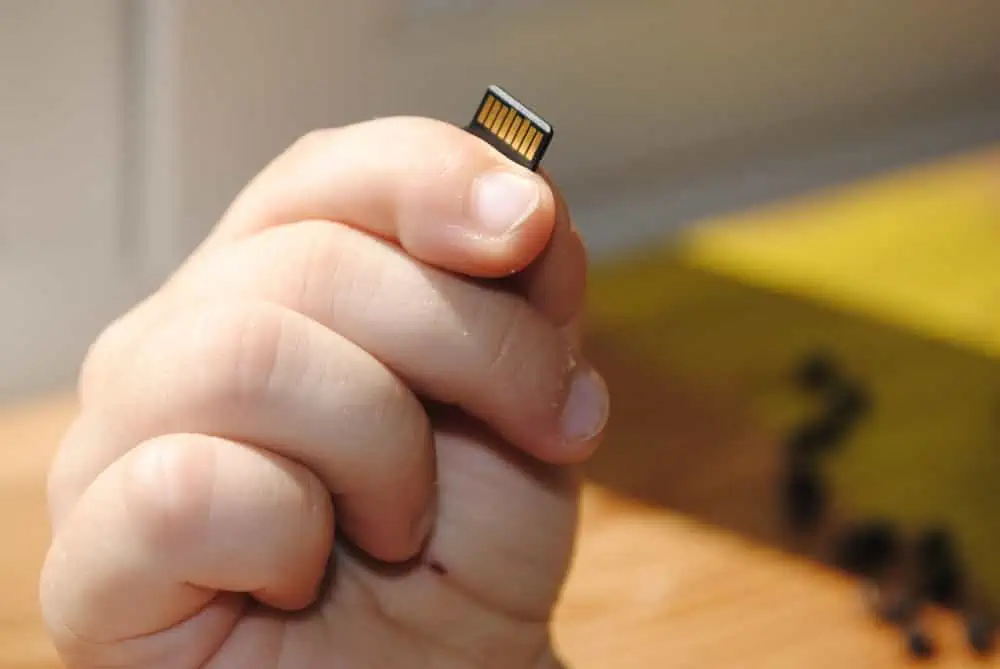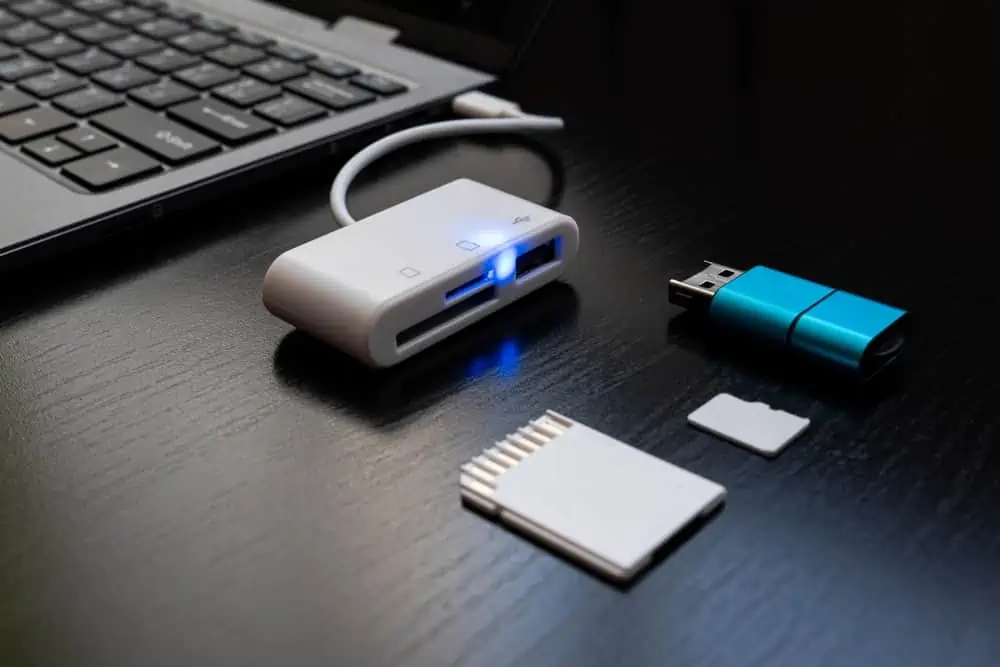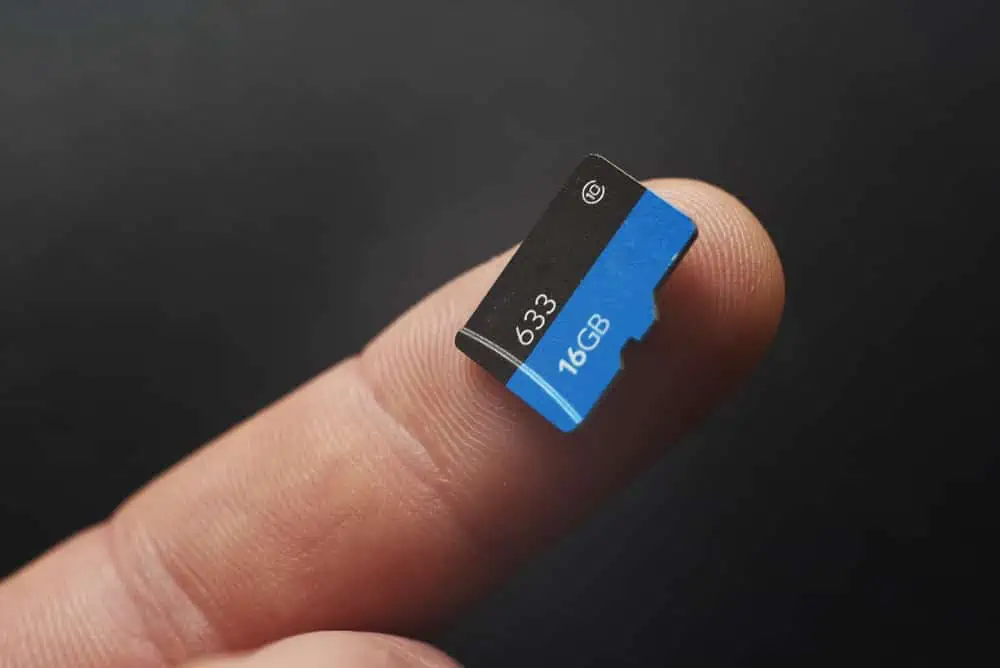Should you convert your Windows Basic disk to a Dynamic disk or not? Read this comparison of Dynamic Disk vs Basic disk to see which is better.
Overview
By default, a fresh installation of a Windows OS on a computer creates basic partitions on its hard disk. This way, the hard disk automatically becomes a Basic disk.
On the contrary, a Windows OS installation doesn’t create a Dynamic disk by default. Instead, it is you, the computer user who converts Window’s default Basic disk to a Dynamic one.
Moving on, Basic disks contain partitions instead of volumes. A partition is a separate disk section formatted with a valid file system such as FAT, FAT32, or NTFS.
However, the type of partition used by a Dynamic disk is called “volume”. Like a Basic partition, a Dynamic volume uses the same file system such as FAT, FAT32, or NTFS.
That said, a Basic disk has two types of partitions – a primary partition and an extended (logical) partition.
On a primary partition, you can add more space by extending the partition. However, only primary partitions with the NTFS file system can be extended.
You can as well extend a logical drive. The extension must fall within the same contiguous free space in the partition that contains it.
Meanwhile, a Dynamic disk supports the MBR partition style. It also supports the GPT partition style.
Dynamic disks create volumes that can extend multiple physical disks. Volumes that span multiple disks are called spanned and striped volumes.
How Dynamic Disk Works in Comparison to Basic Disk
A Basic disk has four primary partitions, or three primary partitions and one extended partition. These include the EFI partition, the Recovery partition, and the C: partition (which includes the OS files).
When these partitions are formatted, the disk keeps track of all partitions’ information using a partition table.
A partition table is a special table with segments that describe the partitions’ locations and sizes on a disk. This description makes querying a disk easier, as queries won’t read many bytes before locating data.
Conversely, a Dynamic disk can have several Dynamic volumes – up to 2,000. These volumes can be Simple, Spanned, Mirrored, Striped, or RAID-5 volume types.
When you create Dynamic disks from the Basic one, it doesn’t store information about its volumes on a partition table. Instead, it uses a database file to store the information.
Interestingly, the Dynamic database can repair a corrupt volume using information from another volume’s database. That’s because each Dynamic volume stores the same copy of this database file.
The database file resides in the last 1 MB space of the Dynamic disk or in a hidden 1 MB space. The location of the disk this information is stored depends on whether you use the MBR or the GPT partitioning style.
Moving on, both the Basic and Dynamic disk schemes allow you to extend partitions and volumes respectively. However, both disk schemes approach extension slightly differently.
If you’re about to exhaust the free space on a basic partition, you can choose to extend it. However, the basic partition must be formatted with the NTFS file system to allow extending it.
Moreover, the free space you’re adding to a Basic partition must be on the same physical disk as the partition.
On the contrary, a Dynamic disk allows for adding free space to a Dynamic volume from another physical disk. This implies that you’ll get more free space with a Dynamic scheme when your current volume is running out of space.
So, in terms of space availability and data recoverability, a Dynamic disk is better than a Basic disk. Nevertheless, there are still some drawbacks to using a Dynamic disk – more on this in the Pros and Cons section of this guide.
Features Comparison of Dynamic Disk and Basic Disk
In this section, I’m going to compare the features of Dynamic disk vs Basic Disk. This comparison will shed more light on which disk partitioning scheme is better.
So, the features of Dynamic disk vs Basic disk are as follows.
Dynamic Disk and Basic Disk Contain Volumes and Partitions Respectively
A Basic hard drive has various sections formatted into a valid file system. These sections are called “partitions”, and they can contain the same or different file types.
The type of partition that a Dynamic disk use is called “volume”. Like Basic partitions, a Dynamic volume uses a valid file system.
Moreso, both Dynamic volumes and Basic partitions have a drive letter assigned to them.
For example, a partition may have a drive letter C: and a volume may also have a drive letter E: In this sense, they are logical drives existing on a physical hard drive.
They Usually Use MBR and GPT Partition Style
The Master Boot Record (MBR) and the GUID Partition Table (GPT) are Windows OS disk partitioning styles.
Each disk volume or partition you create on a Windows computer has to follow a partition style – GPT or MBR. Windows OS uses the partition style to understand how to access the data on the disk.
GPT is much better than MBR and allows for creating volumes bigger than 2 TB. The older MBR partitioning scheme is used on memory cards, and 32-bit PCs or older PCs.
After creating volumes or partitions using any of the schemes, you may want to change the partitioning style later. To convert a disk from MBR to GPT or vice versa, you first have to delete everything on the disk.
Hence, you need to know more about MBR and GPT partitioning schemes before choosing one in the first place.
Support for Extending Primary Partitions and Logical Volumes
As I mentioned earlier, one can extend a Basic partition if the need arises for more space. However, one can extend only primary partitions with the NTFS file system.
So, be aware that the old FAT and FAT32 file systems will not allow the addition of free space after initial creation. Knowing this will help you to make an informed decision before formatting a partition.
You can as well extend a logical drive. The extension must fall within the same contiguous free space in the partition that contains the volume.
On a better note, a Dynamic disk allows a volume to extend to free spaces on other physical disks. Such Dynamic volume is called Spanned volume.
It is important to mention that there is no such thing as a Spanned partition on a Basic disk.
Also, a Dynamic disk supports the MBR and the GPT partition styles. In addition to these two schemes, it uses the Logical Disk Manager (LDM) and the Virtual Disk Services (VDS).
Consequently, the Dynamic disk scheme is efficient, secure, and offers better disk space management.
Support for Data Recoverability and Fault Tolerance
A Basic disk has little or no ability to recover its data when a disk fails or when a partition corrupts.
So, if a Basic sector corrupts, the are only a few ways out. These include using a backup copy, a duplicate of the partition, or virtual partition recovery.
Otherwise, the contents of the partition or sector will be recoverable with third-party software or lost permanently.
This is not the case with Dynamic disk.
Precisely, it uses a Dynamic database to repair a corrupt volume. With the Dynamic database, the chances of recovering data are high.
Handles Drive-letter Assignments or Volumes/Partitions, and for CD-ROM
Another common feature of Dynamic disk vs Basic disk is the ability to handle drive letter assignment.
By drive letters, I mean the names of identification for a partition/volume or a disk.
For example, a Basic disk will have partitions like (C:), (E:), or (G:). In the same fashion, if you’re using a Dynamic disk, you will see volumes like (E:), (K:), and so on.
So, whether you’re creating basic partitions or dynamic volumes, partitions’ name assignment is automatic. The same thing is applicable to disks or drives’ names such as DVD RW Drive (G:), Disk 1, or Disk 2.
Therefore, you don’t need to worry about giving an appropriate drive letter to a partition or volume. However, as you may have done before, you can choose to change a drive letter to your preferred drive letter.
Strengths of Dynamic Disk vs Basic Disk
Dynamic Disk and Basic Disk Can Expand a Partition/Volume
This is a remarkable feature of Dynamic and Basic disks. When you are running out of space on a partition, you can add more space to the partition from existing free space.
This, however, is where some differences in capability sets in.
With Basic disks, you can only expand a partition using adjacent free space from the same physical disk. Meanwhile, Dynamic disks do more than that.
Specifically, a Dynamic volume can be expanded using free space both from the same and different physical disks.
Both Schemes Ensure Easy Management of Disks and Partitions
Dynamic disks and Basic disks do some work for a computer user. This helps to save the user from some tedious tasks involved in disk management.
Some of the tasks they handle automatically include keeping records of disks’ information.
Knowing which sector of a disk contains a partition or volume is not an easy task. Also, knowing the type of file system of each partition, and its size can be cumbersome.
Appreciably, the disk scheme you’re using saves you from these tedious works.
They Support a Variety of Partition/Volume Types
Basic disk partitions can be primary or extended partitions. Partitions of this type can serve different important purposes on a computer.
For example, they may be used as System Reserved space, for keeping System Boot files or Crash Dump.
Interestingly, the dynamic scheme creates more types of volumes than the basic scheme. Speaking of which the former can have Simple, Spanned, Striped, Mirrored, and RAID 5 volume types.
Supports Conversion from One Scheme to the Other
From the Basic disk, you can convert back to a Dynamic disk and vice versa.
Therefore, choosing one type of disk management does not confine you permanently to it. You can choose to switch to another type when you feel the need to do that.
However, you need to be careful when converting from the dynamic scheme to the basic scheme. This is to avoid losing your data as I have highlighted in this guide.
Compatibility with Many Windows OS versions
All Microsoft Windows OS creates a basic disk by default. Many versions of Windows also support conversion from basic to the dynamic scheme.
To be precise, you can create dynamic volumes on modern Windows versions such as Windows 8.1, 10, and 11.
Moreover, you can still create dynamic volumes on Windows servers OS. The server OS versions that support it include Windows Server 2008, 2012, 2016, and 2022.
Limitations Comparisons of Dynamic Disk and Basic Disk
Lack of Tools to Repair Corrupt Partitions/Volumes
When a disk sector crashes, the partitions/volumes on the sector gets corrupt. Basic partitions spanned and striped dynamic volumes lack tools for repairing them when they are corrupt.
Therefore, a problem with a physical disk opens the way for data loss. The only exceptions to this are Mirrored and RAID-5 dynamic volumes.
Issues with moving to another machine. One has to manually set up a Dynamic disk on a computer that was not used in creating it. That is a prerequisite before one can use such a disk.
Manually setting up the disk is extra work although, it’s not very difficult. However, moving a Basic disk into a new computer does not involve such extra work.
When moved to a new computer, a Basic disk will be detected automatically by the computer.
Support for multiple Operating Systems. A Basic disk supports dual boot while a Dynamic disk does not support dual boot.
This implies that you can have Windows OS and Kali Linux for instance on a basic disk and boot the computer with any of them.
However, you can’t boot from multiple Operating Systems when using the dynamic scheme.
Converting a Dynamic Disk to a Basic Can Result in Data Loss
While converting from Basic to Dynamic disk doesn’t wipe your data, converting the other way round leads to data loss.
As I have mentioned severally, you can only avoid this problem by using third-party applications for the conversion. Still, even third-party applications are not 100% reliable.
In this case, the ultimate prevention of data loss is by backing up important data. However, this means extra cost since you have to use an extra storage drive for the backup.
Conclusion
A Dynamic disk allows for extending a single volume to other physical drives. Besides that, the dynamic scheme allows for recovering data from a corrupt volume.
We cannot overemphasize the importance of these two features to individuals and enterprises. After all, nobody wishes for data loss at any point in time, although, it’s bound to happen at times.
Meanwhile, many other features of the Dynamic disk are available on a Basic disk. These other features include the file system they use and their automatic handling of drive-letter assignments.
So, you can stick to the default Basic disk if you’re looking for nothing other than traditional file storage. If you need more security for your files, what you need is to convert to a Dynamic disk.
I hope I was able to explain and compare Dynamic disk vs Basic disk and how they function. I also hope that you found the article easy to understand.
If you found the article helpful and easy to understand, kindly share your feedback with our community by replying using the “Leave a Reply” form at the bottom of this page.
Alternatively, you can respond to the “Was this page helpful?” question below.
Finally, you may find other helpful articles on our Storage & Disk Technology Explained page.



